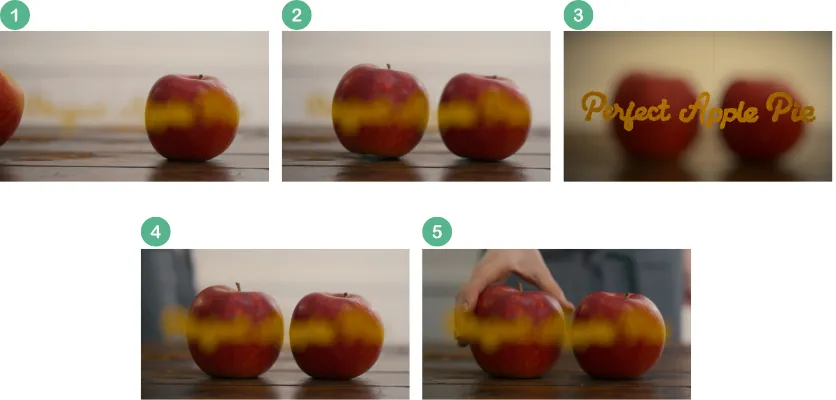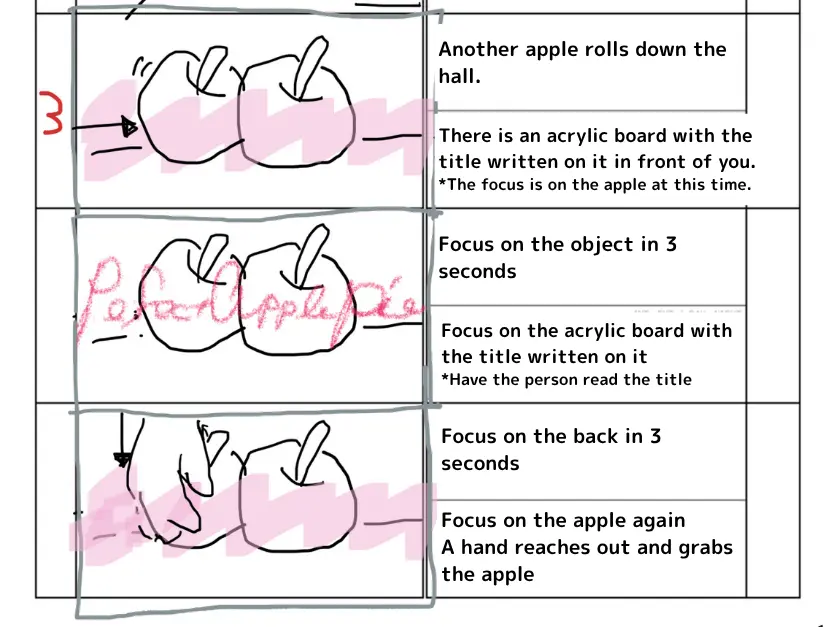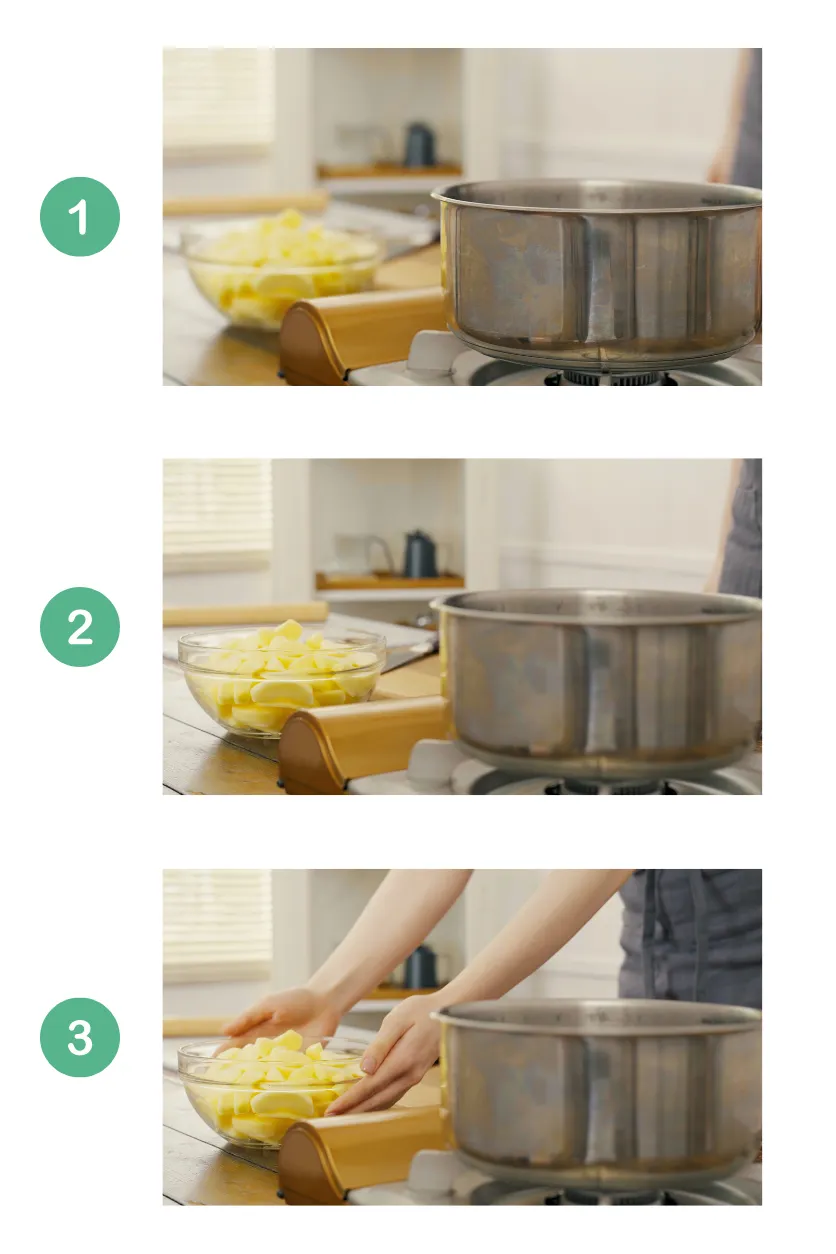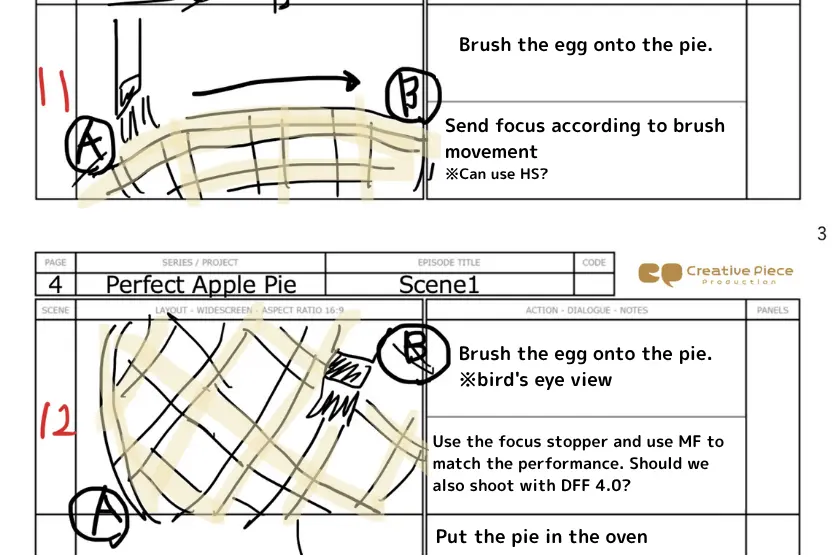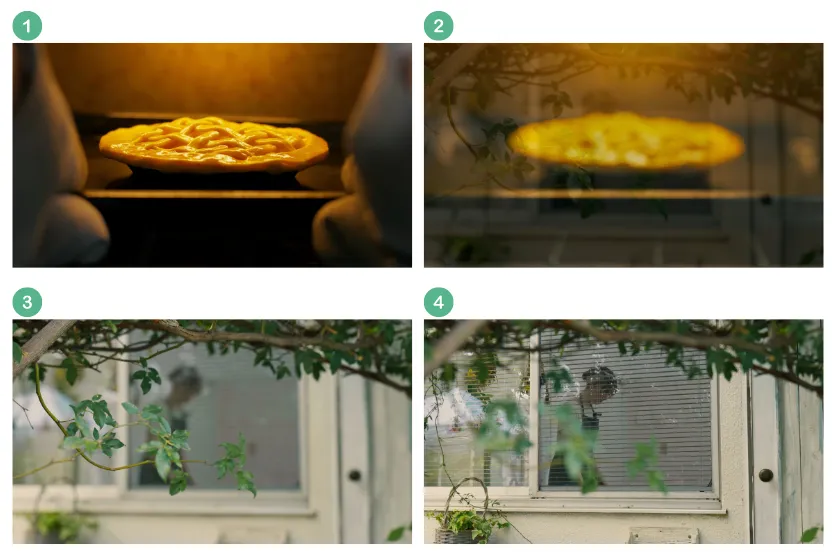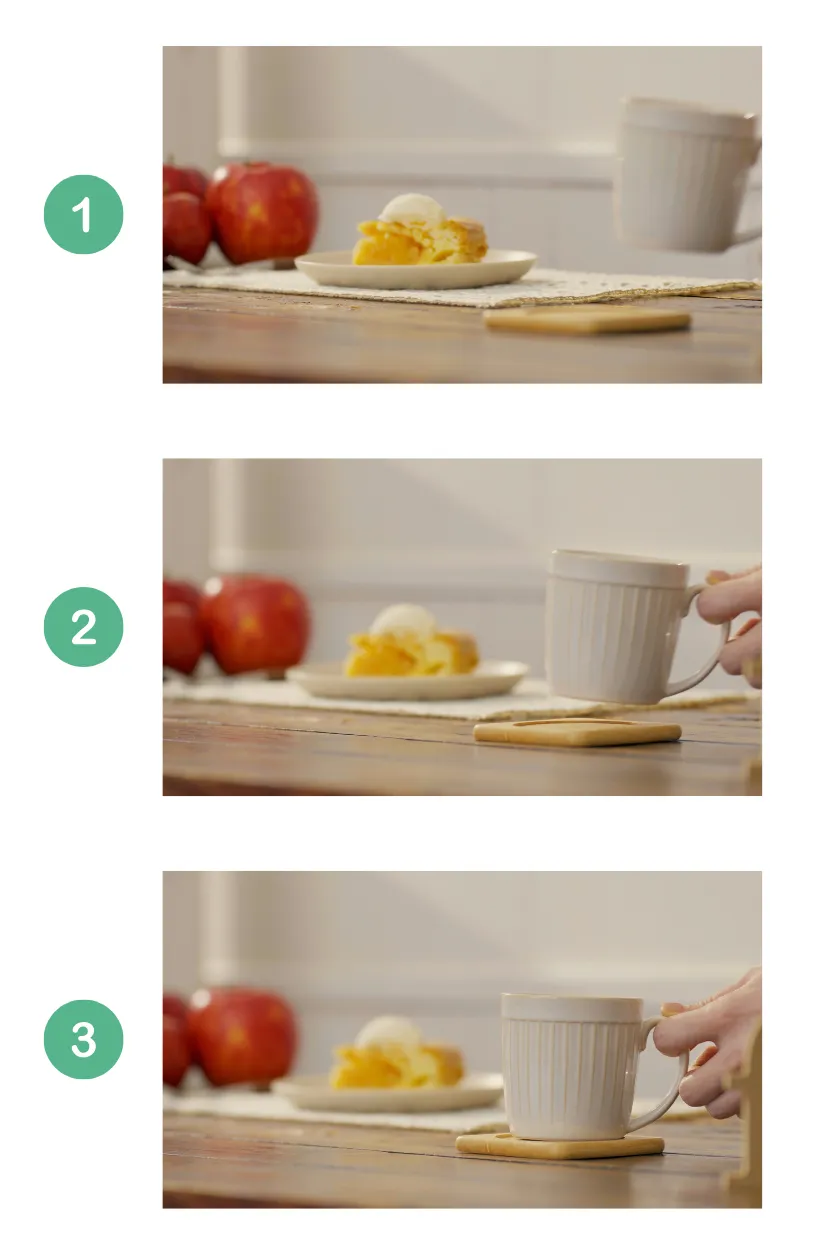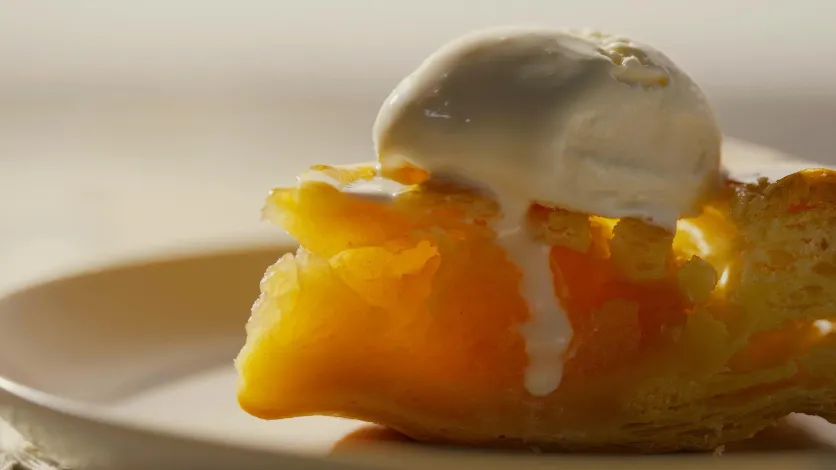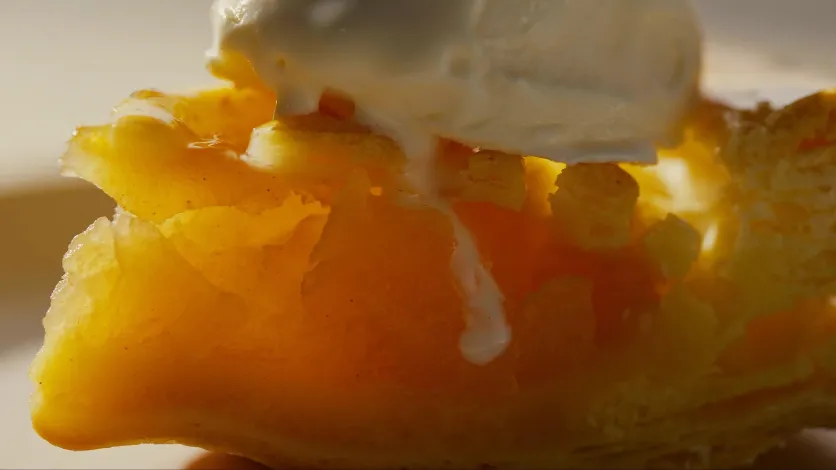June 13, 2025
Let's take a short movie with an interchangeable-lens camera and create a cinematic look with focus work that makes use of the lens's bokeh!
Part 1: About "Composition, Direction, and Focus Work"
Let's take a short movie with an interchangeable-lens camera and create a cinematic look with focus work that makes use of the lens's bokeh! Part 1: About "Composition, Direction, and Focus Work"
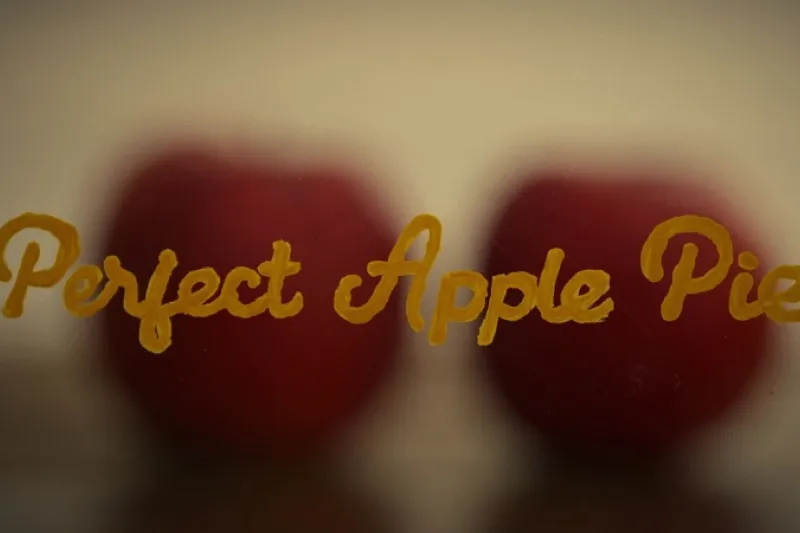

In "Let’s shoot video with an interchangeable lens camera! All the basics and tips for shooting video", and "Interchangeable lens camera is the way to go! Let’s take your videos to the next level! Take a look at the advantages, recommended shooting scenes and interchangeable lenses!", we explained the points you should pay attention to when starting to shoot videos.
This time, we will introduce the composition and direction that you should think about before starting to shoot, based on actual examples.
This time, we asked video director Saki Matsumoto, who studied screenwriting at a film school on the west coast of the United States, the home of video, to create a video example on the subject of "leading the viewer's gaze in a natural way while taking advantage of the bokeh effect of the lens." Using this video example as a subject, we asked her to explain the basics of video composition and how to actually put it together.
*Interviewer: TAMRON Editorial Department (hereinafter, Editorial Department)
The basics of scriptwriting
Editorial Department: First, please tell us the basics of how to structure a script. I did a little research here, and I came across a teaching material that introduces the basics of scriptwriting in the form of a four-panel comic strip with the plot of "introduction, development, twist, and conclusion." Is this the basics of how to structure a script?
Matsumoto: It certainly seems that there is a way of teaching like that in Japan. In the environment where I learned, the basic flow was a three-part structure of ACT1 (setting), ACT2 (development), and ACT3 (resolution) . This is a common understanding worldwide that short films, two-hour feature films, one-hour dramas, 30-minute anime, and one-minute commercials are basically made with the same structure. If we apply this to "introduction, development, twist, and conclusion," I think it would be ACT1 (introduction), ACT2 (development and twist), and ACT3 (conclusion).
I was asked to create a video example, and when I was thinking of several plots *1 , the idea for this "cooking process" came to me. Cooking always requires tools. There are various actions when using them, so it is important to show "where to draw the eye" and "what it can do." In this video, "Apple Pie Making," I want the viewer to look at the cut surface of the apple, not the knife that cut it, and I think it's a good example of how the blur can guide the viewer's gaze, not just to the knife that cut it, but to the direction the brush is moving in.
If this were a video showing the process of a recipe, I would need to show the steps in between without jump cuts *2 , so I think I would have composed it with a different rhythm. This time, the purpose is to "show off the blur of the lens" using the process of making apple pie, so I tried to create this kind of rhythm.
*1 When making a video, it is important to summarize the big flow, such as the direction and composition. At this stage, the client, director, and staff all agree on the same understanding. After going through the plot, the lines and detailed movements are decided.
*2 This is a method of expression that connects different cuts together and ignores the flow of a single video. It gives the impression that the movement and time have suddenly changed, giving the viewer a good tempo, a sense of speed, and surprise.
Build a story for your piece
Editorial Department: We watched the video example you created. Please tell us more about this example. How did you proceed from the time you received the request to the creation of the plan and composition?
Matsumoto: The video example we were asked to make this time was requested to be 2 and a half minutes long, so we thought that it was necessary to structure the story so that viewers who are watching for the first time would think, "What is going to happen next?" and to a certain extent, "What will happen" and "How will it end?"
Editorial Department: It's a strategy to pique the viewer's interest and get them to concentrate on the video.
Matsumoto: That's right. This time the theme is making apple pie. It's just a flow of making a pie, but in order to make the story I mentioned earlier work, we made sure to show the flow of what is being done to a certain extent in the first half, and to show it at a fast pace in the second half .
Editorial Department: Please tell us more specifically.
Matsumoto: We devoted time to longer cuts in the first half, such as "cutting the apples" and "putting them in a pot and boiling them down". And we were conscious of the rhythmic tempo in the middle to latter half of the video, such as "shaping the pie dough" and "putting it in the oven".
By doing so, I think it was possible to watch it as a natural story, and this was the result of constructing a structure with the aim of making the opening scene clear and immersing the viewer in the world of the film , no matter how short the work . I think that the viewer was able to imagine that "this is cooking" when they saw the "egg" and "cutting board and rolling pin" in the first two shots. There were many other elements that could have been shown, but I chose these subjects this time.
When directing, be aware of the natural flow of the performance.
Editorial Department: At the composition stage, you were thinking about where to get the viewer into the world of the video. So you had thought that far. The titles this time are also very elaborately produced. I'm very interested in that aspect as well.
Matsumoto: Thank you!
This time, I tried to arrange the part where the main character, the apple, appears so that it would lead directly to the opening credits. The apple comes out from the left and leads directly to the opening titles, but by showing it in one cut instead of the two cuts that are usually made up of two, I wanted to give it a little "playfulness".
Editorial: I think it's a very cute production, while making the viewer wonder how the apple rolled in.
Matsumoto: If this kind of production is too excessive, it can look too obvious, and there are moments when you can't get into the world view and it becomes cold. I thought about how to show it in a natural flow
, while being conscious of that as a professional. Editorial: It's very natural so that the viewer doesn't think it's being directed.
I think this is quite difficult. You can't help but want to show your directing skills.
Matsumoto: For those who are experiencing composition for the first time, I think one point is to grasp the basics and be conscious of how to show it in a natural flow.
Infuse your opening titles with your unique worldview
Editorial Department: Was there any intention behind the handwritten opening title this time?
Matsumoto: Yes. As for this cut, from the beginning when we started considering the composition, we had the idea of including the title in the first half of the opening, and initially we planned to add it in the editing. However, considering the world view based on the taste of this time's "handmade feel" , we also wanted to stick to analog techniques, so we thought of a production where the focus is shifted to the warm handwritten characters.
Editorial Department: The focus changes from the apple to the title and back to the apple, but wasn't it difficult to do this production with manual focus?
Matsumoto: When we were asked to do this, we heard that we could use the TAMRON Lens Utility Mobile TM Ver.4.0, and we thought that we could do accurate focus work for the elaborate production. So we built it on that premise.
Editorial: TAMRON Lens Utility Mobile Ver.4.0 was useful in this scene!
Matsumoto: In normal shooting, even a simple task like shifting focus in 3 seconds and returning it in 3 seconds is done by a human, so it is impossible to expect accurate timing. It is difficult even for professionals, and even more difficult for beginners.
Editorial: Even if you shoot one scene of shifting focus, the imagined tempo and the actual tempo will be slightly different, and it will not be as intended.
Matsumoto: And even if you feel that it is good on site after shooting, when you look at the big screen at the editing (post) stage, you may realize that "I wish I had focused 0.5 seconds earlier." This time, I was able to shoot while watching the image on site and fine-tuning the tempo using TAMRON Lens Utility Mobile Ver.4.0, which I think made the material stable as a cut and easy to use in editing.
Editorial Department: There was a scene where an apple was cut. The sizzle *3 or the three-dimensional effect was very impressive.
Matsumoto: Yes, in this cut, I feel that the sizzle and three-dimensional effect of the food was effective by expressing a large blur and a focal plane at the same time. Since I wanted to make this sizzle and three-dimensional effect look long and rich, I used a technique of slowing down the footage shot at 60P (60 frames) a little in the editing, and slowing it down to a range that did not feel unnatural with the 24P (normal speed) audio.
Since it is shown for a long cut, I tried to guide the eye with delicate focus work, even though it is a very narrow range, and to make it possible to watch the world view without breaking until the end of the cut.
*3 The word "sizzle" comes from the sound of meat being cooked. It is mainly used to express a fresh feeling with a sense of substance in advertising photos and videos that feature ingredients and dishes. It can also be used to mean a sense of reality or presence in other areas besides food and cooking.
Use bokeh effects to convey the world you want to express
Editorial Department: Next is the scene where apples are put into the pot. This is a long scene, but I was able to watch it quickly. What is the hidden intention behind this scene?
Matsumoto: You've been watching it a lot (laughs). After lighting the fire, I make a point of showing my hands as I tidy up. Some people may feel that it's not necessary to show that much detail, or that it's fine to cut it out. However, by showing the "tidying up" part, which doesn't need to be shown in a normal cooking process video, I aim to create a lingering impression and draw the viewer into the world I want to show.
Editorial Department: I see. It certainly was a memorable scene. In this scene, the focus is not on the person's movements. Generally speaking, you would focus on the person, but what is the aim of this?
Matsumoto: By deliberately not focusing on the person's movements and placing the person in the blurred background, we ensure that the attention remains on the main subject, the pot in which the apples are being boiled. If we had focused on the person, the transition to the next cut where the lid of the pot is being opened would have been poor, so by using blur to show the hands tidying up, we express this as a "lingering impression."
Bokeh effects and focus techniques
Editorial Department: Was there any focus work you paid particular attention to in order to make the most of the bokeh?
Matsumoto: It was the timing of the model's movements and the focus work. After shifting the focus from the pot to the bowl, the hand comes into frame and picks up the bowl. By shifting the focus, the viewer is made aware with their eyes that "something is going to happen" and then the hand comes in. This allows the viewer to naturally understand the flow.
If you had adjusted the focus after the hand came in, it would have given a slightly hectic impression and would have conveyed the intention of the production. As I mentioned at the beginning, I think it's important to create a natural feeling in the production.
The secret to keeping viewers interested is to build anticipation
Editorial Department: Watching the video again with your explanation, I understand the intention behind making the images feel natural. So this is what natural means. Now, let's continue to talk about the second half.
Matsumoto: Yes. As we discussed, the world view was formed with a gentle rhythm in the first half, so in the scene in the second half, where the egg mixture is spread on the pie crust, the cuts are connected in a quick montage-like progression. I think that even though the rhythm changes in this way, it doesn't feel strange to the viewer.
Editorial Department: I heard that the tempo is faster in the scenes where apples are being simmered in a pot and where egg liquid is being spread on pie crust.
Matsumoto: Yes, the cuts are connected at a faster pace than in the first half. However, I was conscious of keeping the focus tight. This is because I thought that if the whole scene was in focus, the image would lack sizzle and three-dimensionality, so I was conscious of following the focus with a shallow depth of field.
In addition, I also intended to build up anticipation for the completion of the work with fast-paced cuts. A faster tempo creates a sense of speed and has the effect of raising tension , so I was conscious of that. By the way, the composer also understood the intention and changed the development of the music towards the second half.
Editorial Department: Indeed, it does build up anticipation for the next scene.
Matsumoto: And from here, the scene progresses towards the end. It's a scene where the pie is put into the oven, but by connecting it to a scene showing the room from outside the window after the oven , the passage of time is expressed.
In terms of focus work, I was conscious of the focus out of the oven, and I used the TAMRON Lens Utility Mobile Ver.4.0 to shoot several patterns of focus shifting at different times. As a result, I used a shot with a longer focus shift. I think that
by matching the tempo of the focus out and in of the previous and next cuts, it was possible to express a natural long dissolve *4 . And by inserting an outdoor shot, I was able to alleviate the unnaturalness of the jump cut, while also expressing a sense of anticipation until the baked product is ready.
At the same time, by inserting a cut from the bird's-eye view from outside, it is possible to give the viewer a break, so it can be explained that "the world view has changed."
Editorial Department: I see. Indeed, if this cut connection wasn't there, the pie would suddenly be baked and you would be like, "Huh?" And from here, it naturally leads to the ending.
*4 One of the transitions. A technique in which the previous cut gradually fades out and the next cut fades in. Because the two cuts change as if they are blending together, this technique is used for flashbacks and scene transitions that show the passage of time.
The ending and focus work made possible with TAMRON Lens Utility Mobile Ver.4.0
Matsumoto: Here too, like the opening title, we stuck to analog techniques. We focused to synchronize with the model's movements while matching the slider's movements. The important thing was to synchronize with the movement of the cup on the coaster , and if it was too fast or too slow, it would have looked unnatural. We were able to leave the focus position to the TAMRON Lens Utility Mobile Ver.4.0, so we were able to concentrate on the timing of matching the movements.
Editorial Department: Even an amateur would think that focusing on the model's movements while the camera moves horizontally is a complicated camera operation. If you hadn't been able to use the TAMRON Lens Utility Mobile Ver.4.0, what do you think would have been difficult?
Matsumoto: If it had been manual focus, it would have been difficult to match the focus position and timing, and even with autofocus, it would have been difficult to synchronize the focus with the movement to this extent. Thanks to the TAMRON Lens Utility Mobile Ver.4.0, we were able to shoot with minimal retakes.
Editorial Department: We're glad that the TAMRON Lens Utility Mobile Ver.4.0 was able to help Matsumoto capture the shots he intended.
Editorial Department: The sizzle cut of the pie used in the end credits was also good.
Matsumoto: Actually, that's my favorite shot too. Although I took the photo, there wasn't a good place to fit it into the main feature, so I ended up using it in this way. The macro lens I used this time produced very good images. It had just the right amount of resolution, and the images were natural, not too harsh, which I thought combined with the lighting created a great sizzle effect. I think it was particularly well suited to the worldview of this film.
Structure is the foundation of video
Composition is a very important foundation for video production. I think it is only with this foundation that the creator's direction can come to life. Once you have decided what you want to shoot, you should carefully incorporate it into the composition. From there, consider various directing methods and make your individuality stand out as a work!
Editorial Department: This time, we talked to Director Matsumoto Saki about how to put together the composition and directing. Next time, we will ask Director of Photography Yanagishita Takayuki, who was in charge of filming, about the technical approach during filming.



